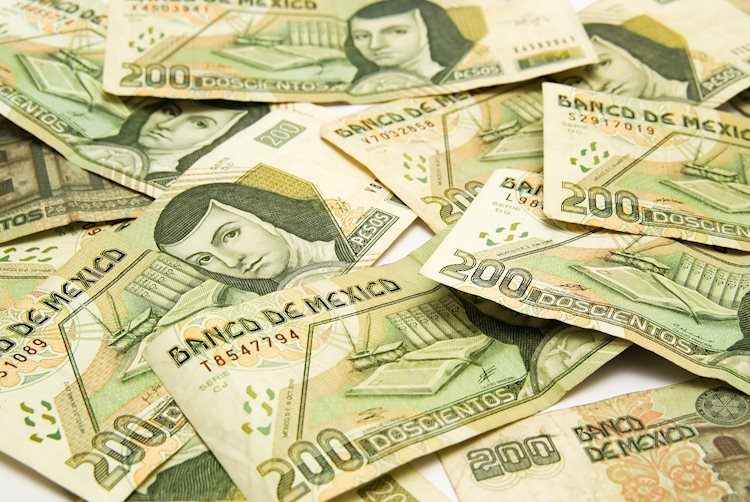The Mexican Peso has shown signs of strength, trading at 19.60 against the US Dollar in anticipation of Claudia Sheinbaum’s October 1 inauguration. Business Confidence for September is expected to be revealed on October 2, potentially marking a fourth consecutive month of improvement. Despite the Peso’s gains, the US Dollar Index has risen by 0.20% due to stronger US economic data boosting the Greenback.
On October 1, Mexico will witness the inauguration of President-Elect Claudia Sheinbaum, followed by the release of Business Confidence for September on October 2. The index has been steadily improving for the past few months, reflecting positive sentiment in the Mexican economy. Market participants will be closely watching Sheinbaum’s message regarding law, economics, and fiscal policies.
In the US, the Chicago Fed National Activity Index has exceeded expectations, indicating improving economic conditions. Atlanta Fed President Raphael Bostic has hinted at a willingness to cut rates by 50 basis points depending on jobs data. The US Dollar Index has strengthened overall, rising by 0.20% to 100.61.
Market participants are preparing for Claudia Sheinbaum’s inauguration on October 1, which is a bank holiday in Mexico. Banxico is expected to lower borrowing costs by 175 basis points by the end of 2025, according to swaps markets. The Chicago Fed National Activity Index has improved for three consecutive months, overshadowing estimates and August data.
In terms of technical analysis, the USD/MXN remains upwardly biased but has shifted sideways as traders await Sheinbaum’s message. The Relative Strength Index (RSI) remains bullish, though short-term sellers are entering the market. Support levels for the USD/MXN are around 19.50 and 19.23, while resistance levels are at 19.75 and 20.00.
The Mexican Peso’s value is influenced by various factors, including the country’s economic performance, central bank policies, foreign investment, remittances, and geopolitical trends. Banxico’s objective is to maintain low and stable inflation levels, with interest rates being adjusted accordingly. Macroeconomic data releases are critical in assessing the state of the economy and impacting the Peso’s valuation. The Peso tends to perform well during risk-on periods and weaken during market turbulence or economic uncertainty.









